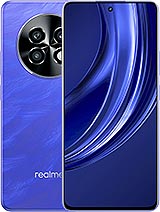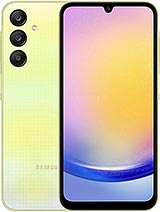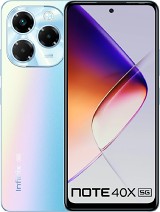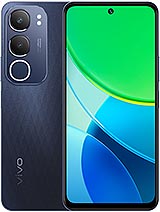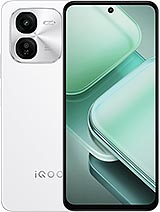iQOO Z9x alternatives
Tap above to see alternatives.
Redmi Note 14 alternatives
Tap above to see alternatives.
Redmi Note 14
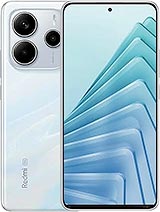
Redmi Note 14
-
Dimensity 7025
6 nm
-
5110 mAh
45W
-
6.67"
1080 x 2400 pixels
-
50 MP
1080p@30fps
-
Specs

4x2.2 GHz Cortex-A78
4x1.8 GHz Cortex-A55
2x2.5 GHz Cortex-A78
6x2.0 GHz Cortex-A55
6GB 128GB (UFS 2.2)
8GB 128GB (UFS 2.2)
8GB 256GB (UFS 2.2)
f/1.8, (wide), 1/1.95", 0.8µm, PDAF
2 MP
f/2.4, (depth)
f/1.5, 26mm (wide), 1/1.95", 0.8µm, PDAF, OIS
8 MP
f/2.2, 21mm (ultrawide)
2 MP
f/2.4, (macro)
1080p
f/2.1, (wide)
f/2.2, (wide), 1/4.0", 0.7µm
SIM1: Nano, SIM2: Nano (Hybrid)
SIM1: Nano, SIM2: Nano
FDD: N1, N3, N5, N8, N28
TDD: N40, N77, N78
FDD: N1, N3, N5, N8, N28
TDD: N40, N78
FDD: N1, N3, N5, N8, N28
TDD: N40, N77, N78
FDD: N1, N3, N5, N8, N28
TDD: N40, N78
In this performance comparison, the iQOO Z9x with its Qualcomm Snapdragon 6 Gen 1 (4nm) performs better than the Redmi Note 14 with the Mediatek Dimensity 7025 (6nm), thanks to superior chipset efficiency.
Both phones offer the same 2 years of OS update support. For security updates, Redmi Note 14 offers 4 years of support compared to iQOO Z9x's 3 years.
Redmi Note 14 features a superior AMOLED display, while iQOO Z9x comes with an LCD panel. Both smartphones offer the same 120 Hz refresh rate. Redmi Note 14 also boasts a brighter screen with 2100 nits of peak brightness, enhancing outdoor visibility. Both phones have the same screen resolution.
iQOO Z9x comes with a larger 6000 mAh battery, which may offer longer usage on a single charge. Redmi Note 14 also supports faster wired charging at 45W, compared to 44W on iQOO Z9x.
Both phones feature the same IP64 rating for water and dust resistance.
- iQOO Z9x – Check price here
- Redmi Note 14 – Check price here
¹ Scores can vary even with the same chipset due to RAM, thermals, and software optimization.




